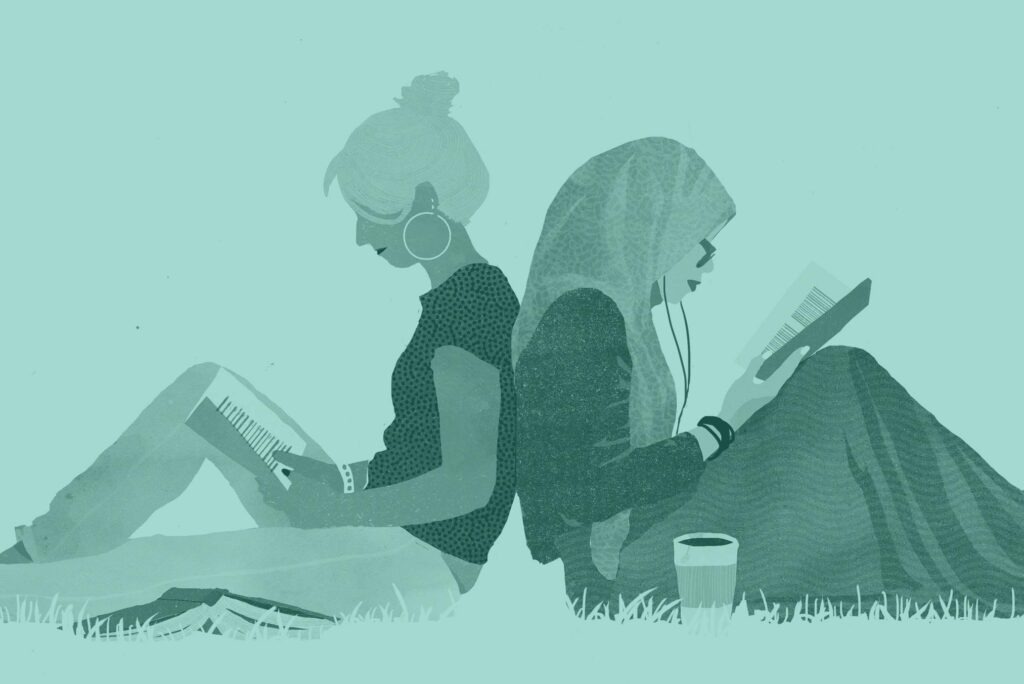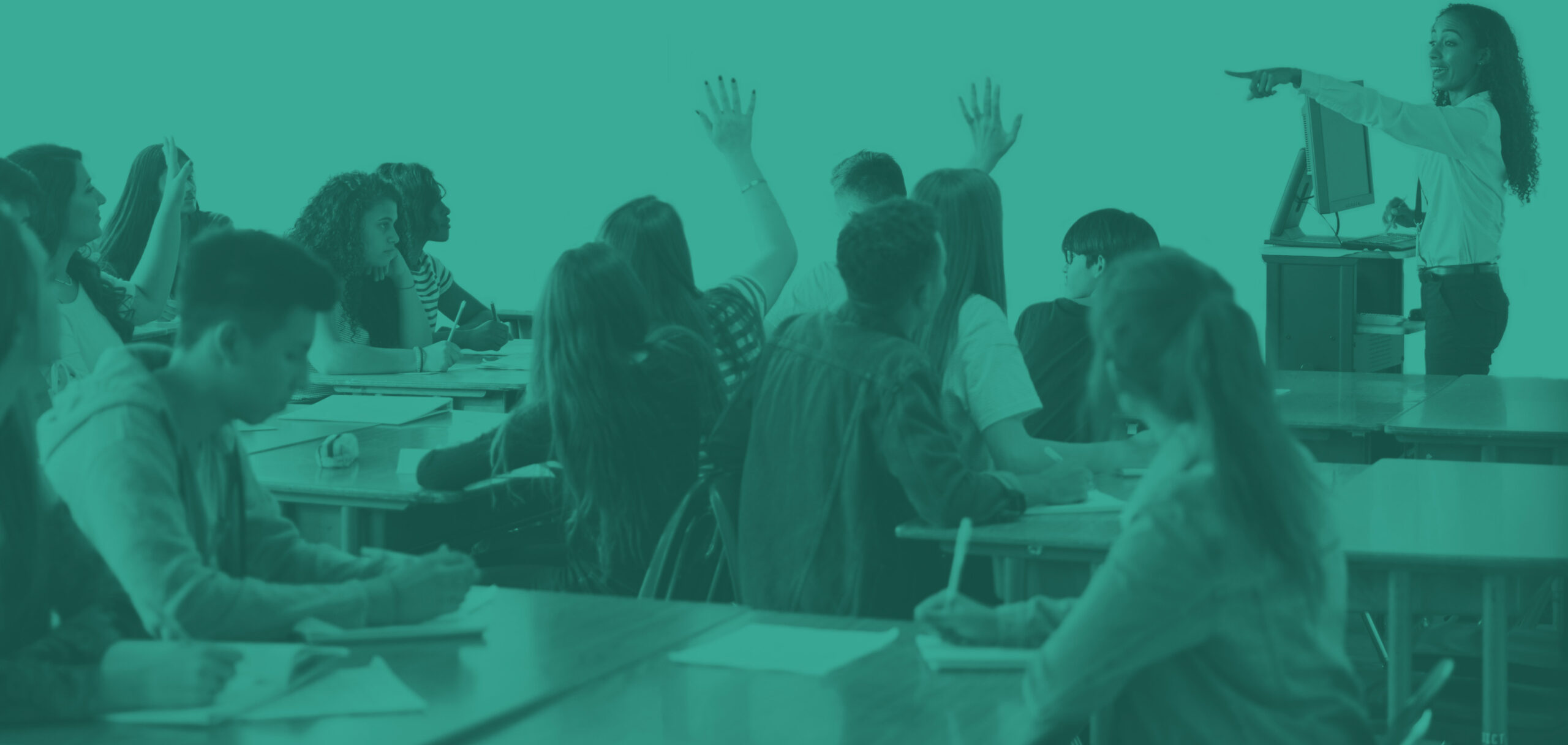The TIES project started in September 2020 just before the second Covid-19 wave hit Europe. The pandemic has not only altered our work on the project but is also changing the ways in which we do and think about teaching more broadly. The current measures have strongly affected our original project plans: many schools have moved their teaching online, making it difficult to engage with school teachers and pupils alike. Travelling across Europe has been strongly restricted, so engaging teachers from different European countries face-to-face to discuss teaching migration at school has thus practically become impossible. Last but not least, the local Covid-19 regulations have impacted us as a team as we cannot meet in person.
I explained in a different blogpost why I think that youth should learn about migration at school. Originally, when we developed the idea for the TIES project last year, we formulated three objectives:
- to develop, in close dialogue with students and teachers from different European countries, a set of best practices on how to teach migration at schools in a participatory way;
- to develop ten 45-min learning modules covering main aspects of global migration and to tailor each of these modules to curricula across different European countries;
- to set up an easy-to-use website where teachers, educational stakeholders, students and migration scholars can inform themselves about the project and can download the open access modules in six European languages.
We initially wanted to start off the project with a set of focus group discussions in Amsterdam in December 2020 which would bring together teachers, migration researchers, students from diverse school types, and storytellers. This would have allowed us to collect best practices on how to mobilise existing research and teachers’ pedagogical experience, to gather students’ motivations and knowledge desires about migration and to get inspiration about participatory and interactive teaching methods in diverse classrooms. Based on this first stock-taking, we intended to draft a best practice infosheet, narrow down the topics of the modules and develop one exemplary teaching module, which would then be evaluated in a second focus group discussion later on. In the second year of the project, we then planned to develop the remaining nine teaching modules and translate and test them in different school settings before they would go online.
Projects rarely go ahead as set out in neat project proposals – this is nothing new. But the current pandemic has added an additional layer of complexity as we needed to develop contingency plans and adapt strategies to a constantly changing context. This requires not only mental flexibility but also a high tolerance to frustration when things move ahead more slowly or differently than planned within an unknown time horizon. Yet, it has also opened up new spaces to rethink teaching and working together.
How have we adapted our original project design?
- First, instead of our first workshop, we have started to interview teachers across Europe virtually to map how migration is taught at secondary schools in different European countries and to understand what teachers’ challenges and specific needs are when it comes to teaching migration.
- Second, we will organize interventions in Amsterdam schools in early summer 2020 (off- or online depending on the Covid-19 situation) to engage students in a conversation about migration, to understand their specific interests and collect feedback on two modules.
- Third, we will organise a series of short, hands-on workshops in spring and summer 2021 in Amsterdam (again, either offline or online). They will offer a crash course on migration with researchers, training sessions with educators on interactive teaching methods such as storytelling and audio-visual methods, and focus group discussions with the interviewed teachers and ideally students who participated in the school visits.
- Lastly, we will extend the project for an additional year, to mid-2023, thanks to National Geographic’s flexibility about grantees’ needs to change project dates.
Other aspects have moved ahead as planned over the past three months: We have found Bomburo, a multidisciplinary graphic design studio based in Amsterdam, who has been building our website. Their founders, Silvia Celiberti and Stratos Tzanavaris, give priority to projects that initiate positive transformation at a societal, cultural, and environmental level.
Also, our TIES team has grown! In September, we hired three student researchers: Dunja Battouy, Josef Neubauer and Kristina Hansen. Dunja and Josef have been busy setting up interviews with teachers in Germany, Austria and the Netherlands, while Kristina has thought about creative ways to use audio and sound as interactive teaching tools. Simona Vezzoli, Katharina Natter, and I have narrowed down the topics for the teaching modules and reflected on content, learning objectives and exercises. We are very excited that our homepage is now up and running and look forward to sharing insights, work in progress, as well as the teaching modules with you over the next years!

